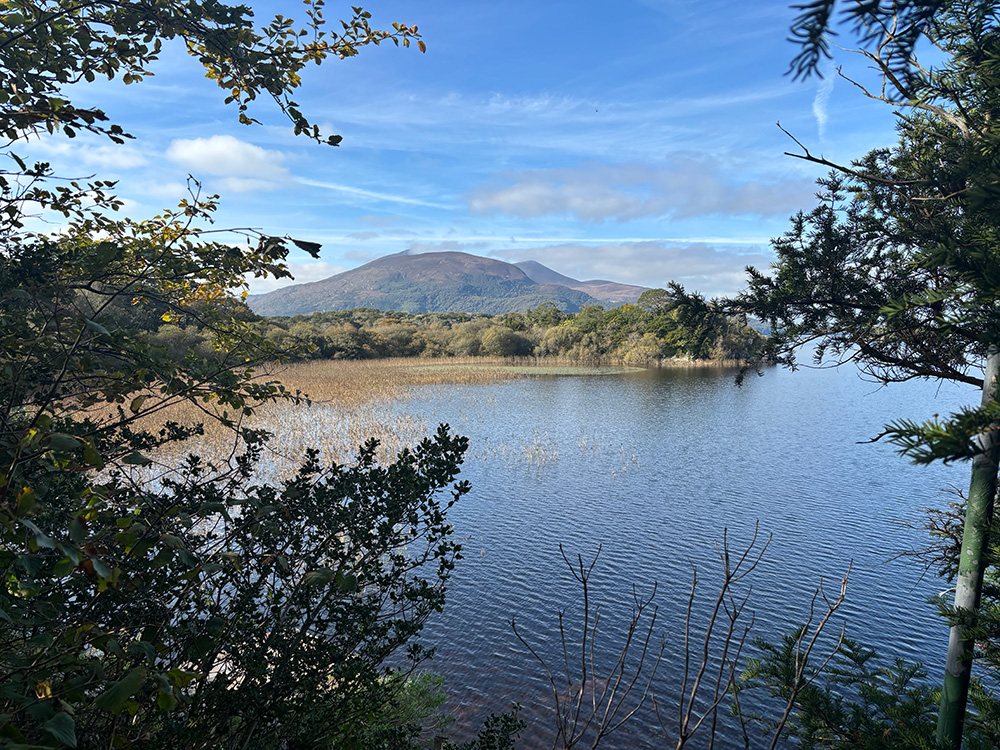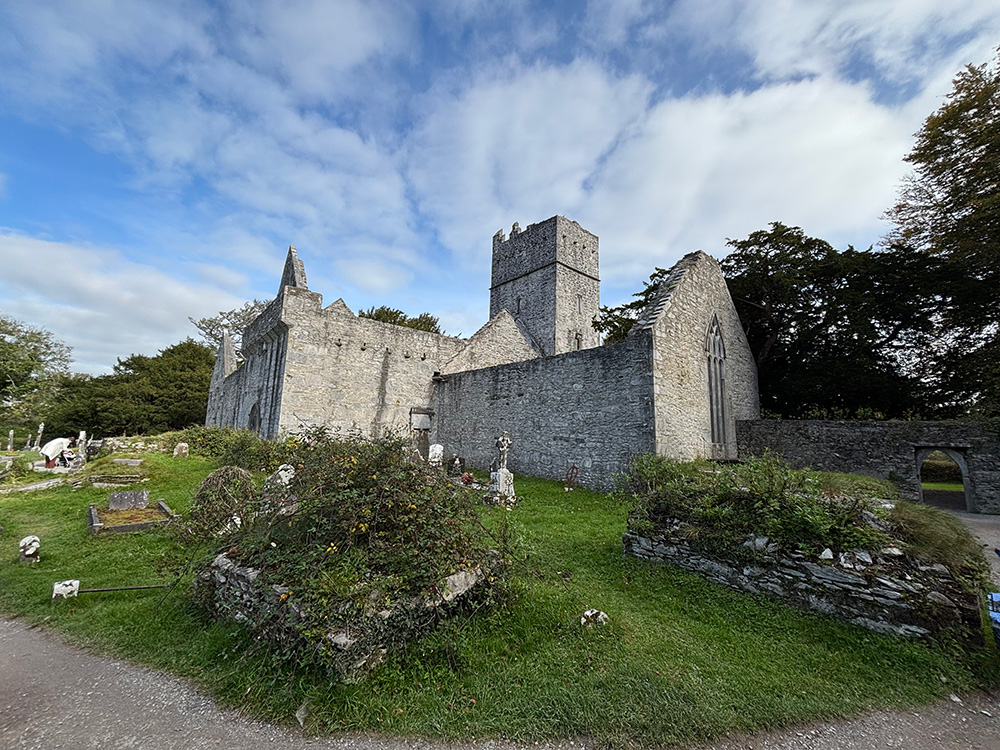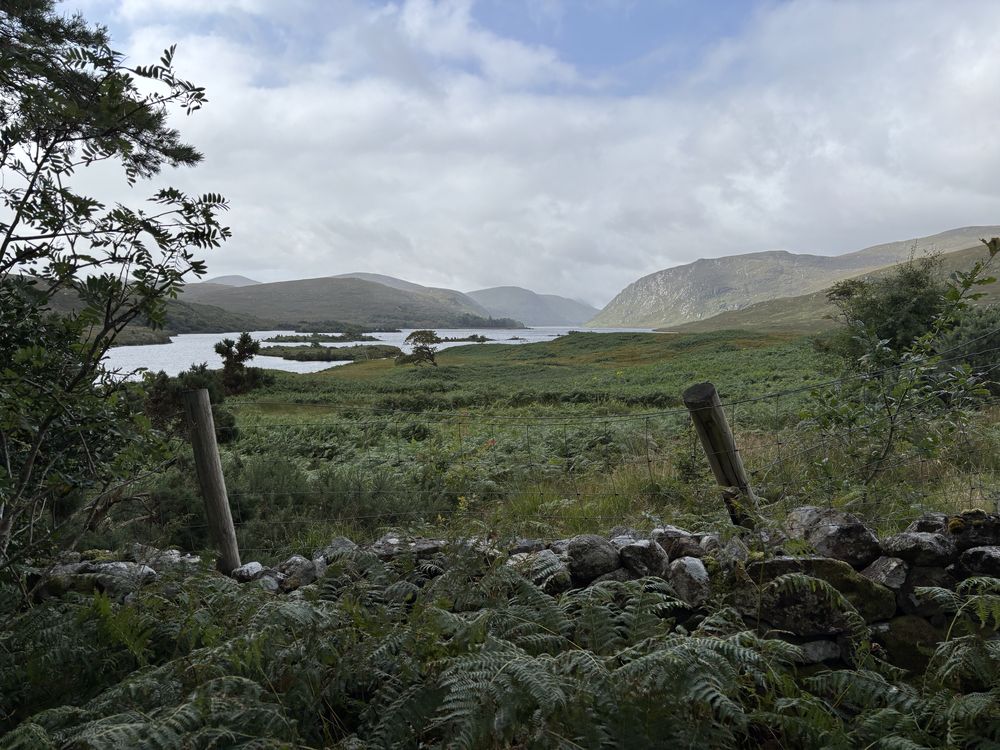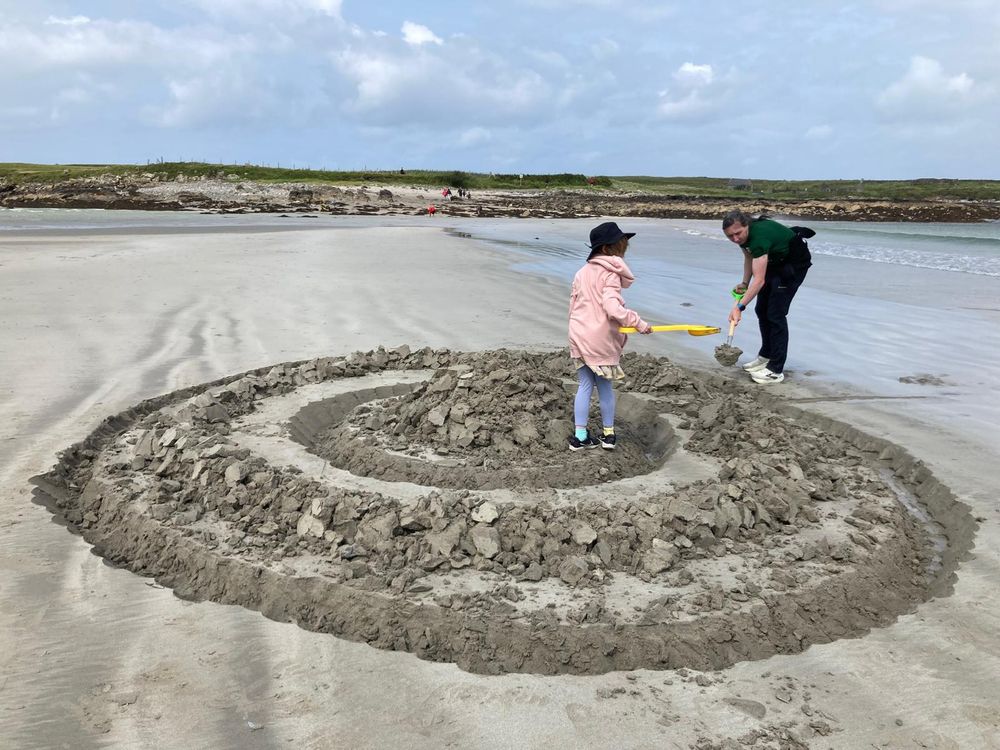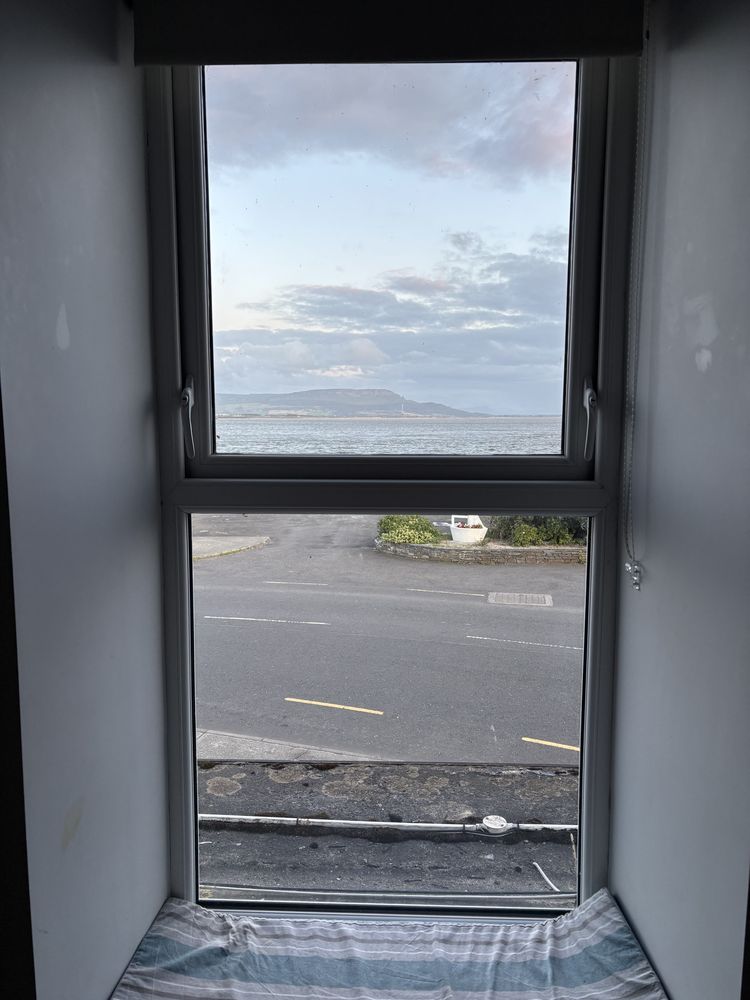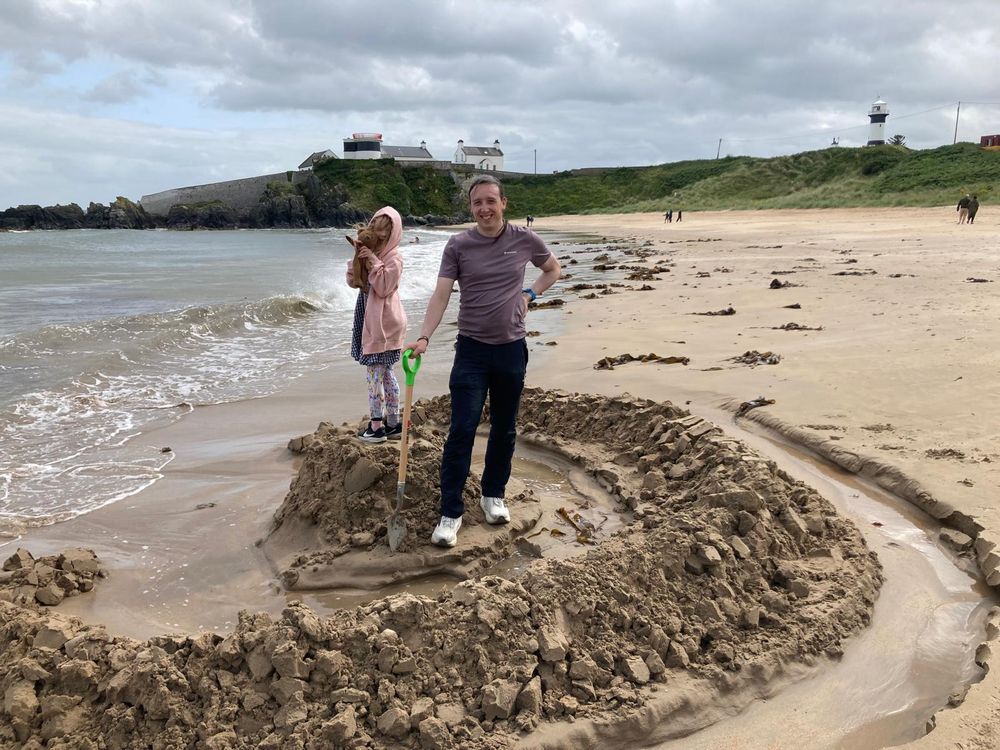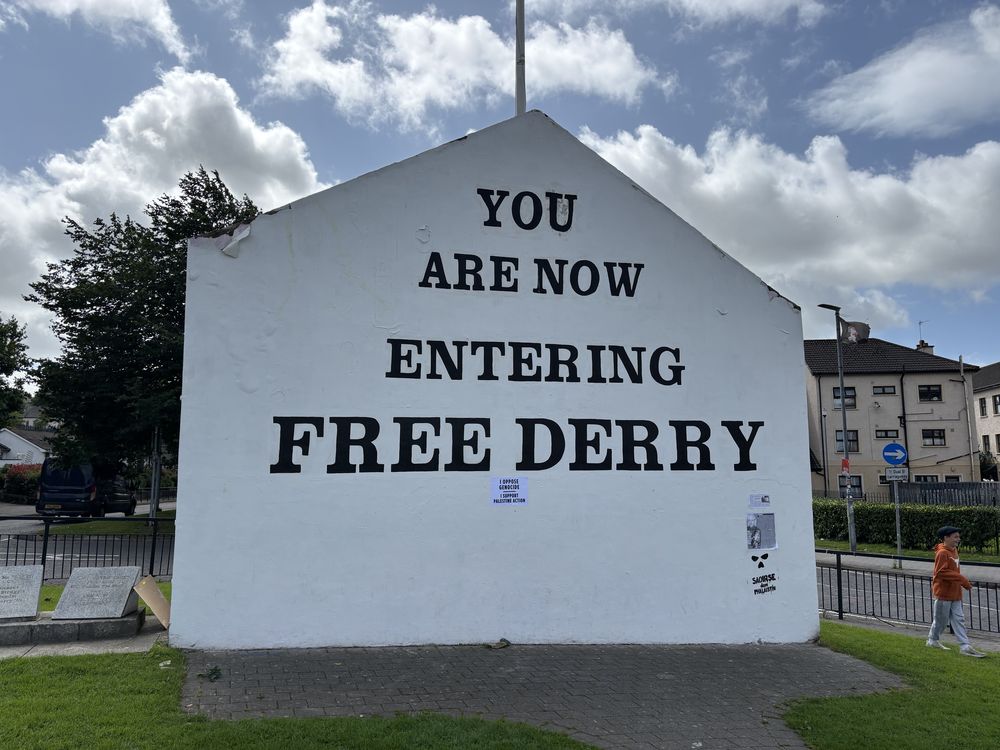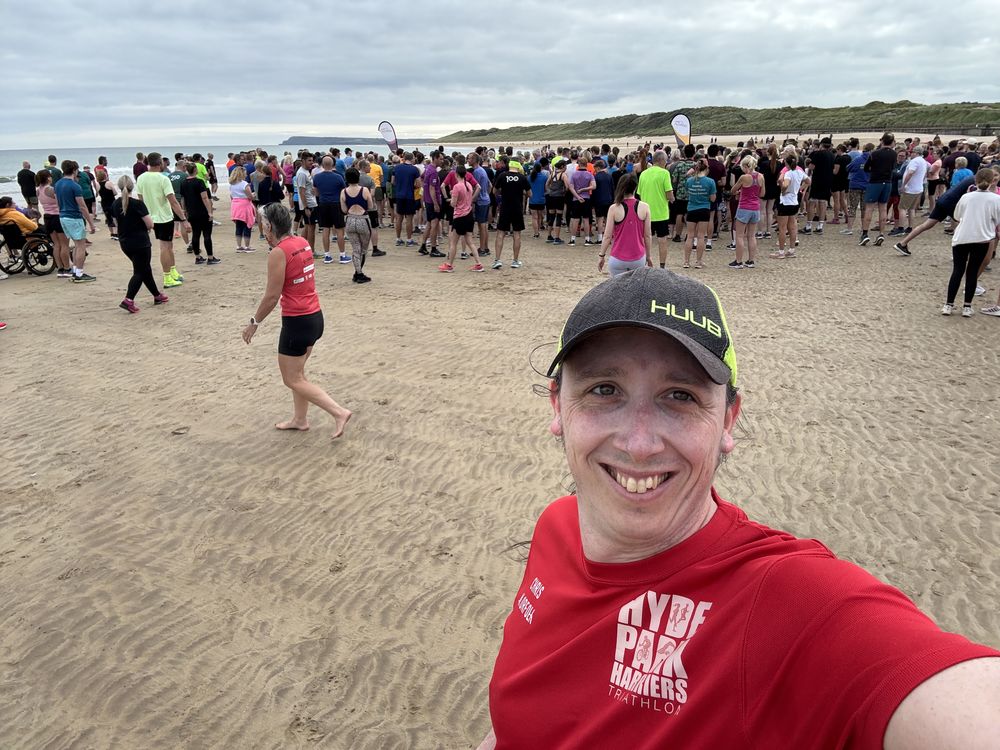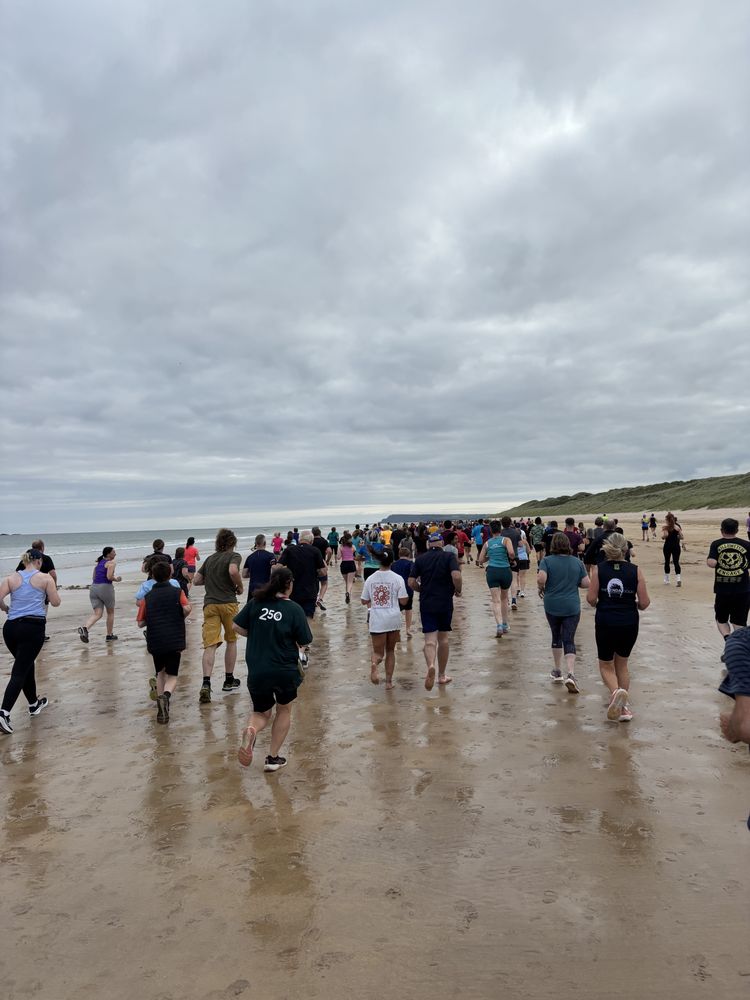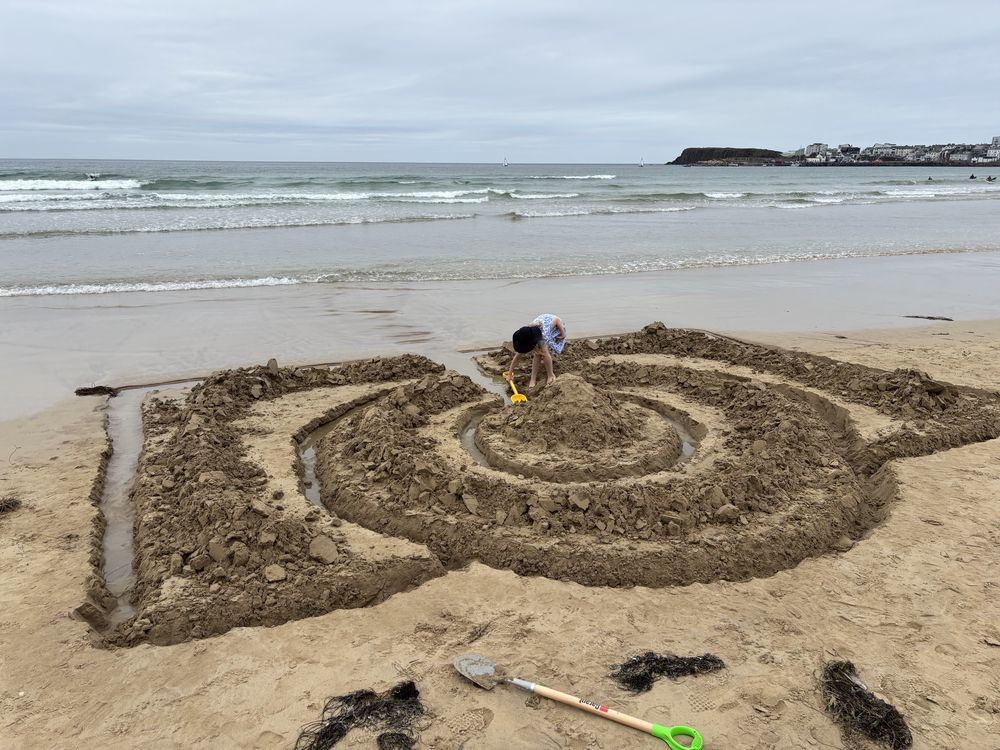Homeward bound
Thursday, November 27th, 2025 | Travel

As of this month, we’re no longer splitting our time between Leeds and Dublin. We’re just in Leeds now, sailing away from the Poolbeg Towers for the last time.
I’ve fallen in love with Ireland over the past few years. It’s physically a goregous country. And Dublin can be a fun place to be in. it is also a country that is changing. Historically, it has been quite conservative and that is still present in many areas. But in other areas, such as being neuroaffirmative, it is leading the way internationally.
Also, it has Supermac’s and Abrakebabra.
My total score was 54 different parkruns. I was going to stop at 50, but then I found out that the 5K app counts parkruns in the north as British rather than Irish. Sounds like a car bomb waiting to happen but there you go. I’m counting it as 54.
We had an amazing time in Donegal and I would like to redo that, and also potentially explore more of Cork, and drop back in on Dublin. Until then, see you soon, Ireland!

As of this month, we’re no longer splitting our time between Leeds and Dublin. We’re just in Leeds now, sailing away from the Poolbeg Towers for the last time.
I’ve fallen in love with Ireland over the past few years. It’s physically a goregous country. And Dublin can be a fun place to be in. it is also a country that is changing. Historically, it has been quite conservative and that is still present in many areas. But in other areas, such as being neuroaffirmative, it is leading the way internationally.
Also, it has Supermac’s and Abrakebabra.
My total score was 54 different parkruns. I was going to stop at 50, but then I found out that the 5K app counts parkruns in the north as British rather than Irish. Sounds like a car bomb waiting to happen but there you go. I’m counting it as 54.
We had an amazing time in Donegal and I would like to redo that, and also potentially explore more of Cork, and drop back in on Dublin. Until then, see you soon, Ireland!
